A new study by researchers at IMDEA Materials Institute, in association with the University of Cambridge, demonstrates how mechanical instabilities in architected lattices can be precisely controlled to enable complex, functional deformations.
By exploring the topological characteristics of mechanical metamaterials, the team has uncovered a mechanism that determines whether a structure will buckle or form a barrel-like shape under stress.
The research, published in Advanced Materials, introduces the concept of a “buckle-barrel correspondence,” inspired by the bulk-boundary correspondence principle in condensed matter physics.
This analogy reveals how the topology of the material’s internal structure governs its response to mechanical loads. Rather than viewing instabilities such as buckling as failures, the study shows how they can be harnessed to produce desirable mechanical behaviours like energy absorption and shape morphing.
The key lies in a topological phenomenon known as polarisation conversion, which occurs within the network of beams that make up the metamaterial. This mode inversion not only predicts the global deformation of the structure but also dictates the direction of localised shear strains within its bulk.
The results highlight a powerful framework for designing materials with programmable mechanical responses and suggest that the approach could be extended to more complex geometries and materials that do not follow Hooke’s law. In the future, this could enable predictive control over when and how materials fail.
The work was carried out by a team of scientists at IMDEA Materials including Drs. Johan Christensen, María Teresa Pérez Prado, Maciej Haranczyk, Javier Segurado and Jingran Liu, predoctoral researcher Jingyi Zhang, as well as Dr. Anton Souslov from the Theory of Condensed Matter (TCM) Group at the University of Cambridge.
